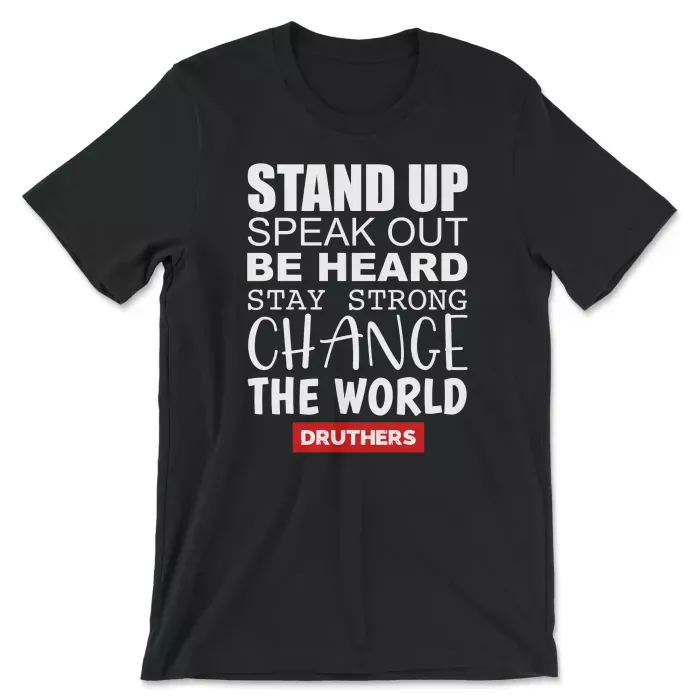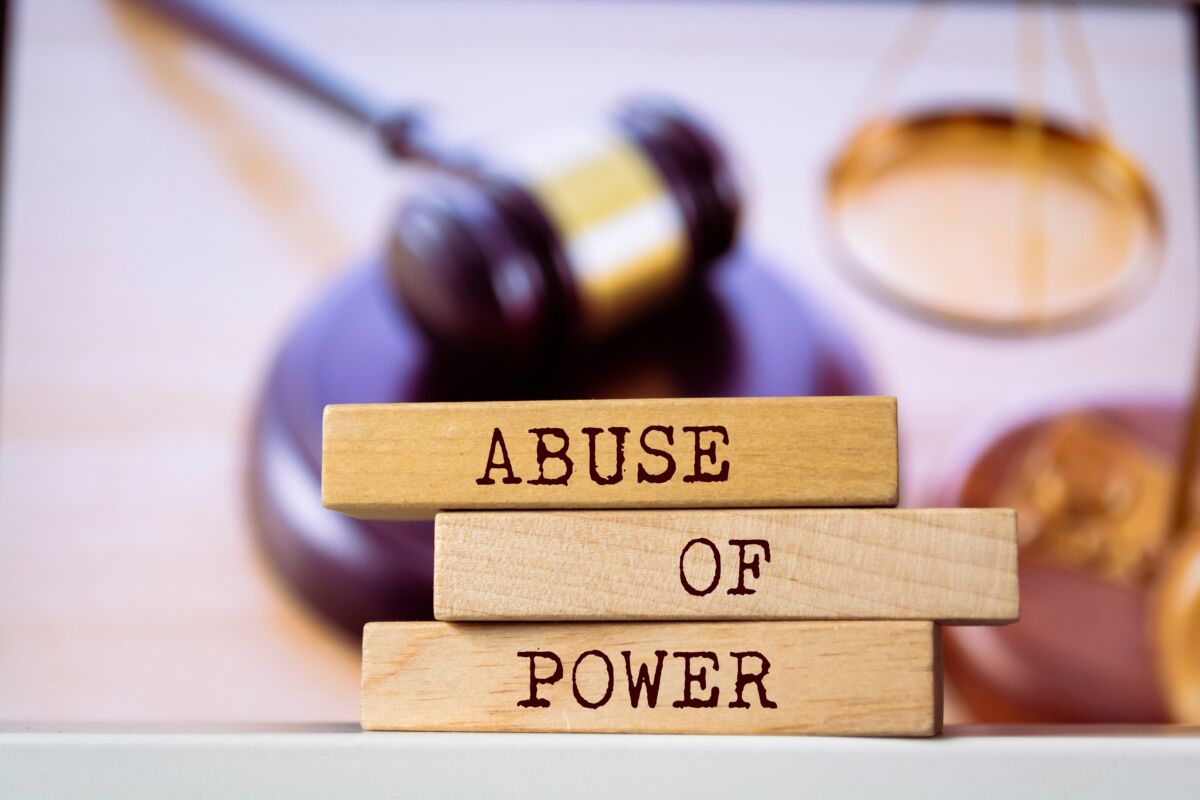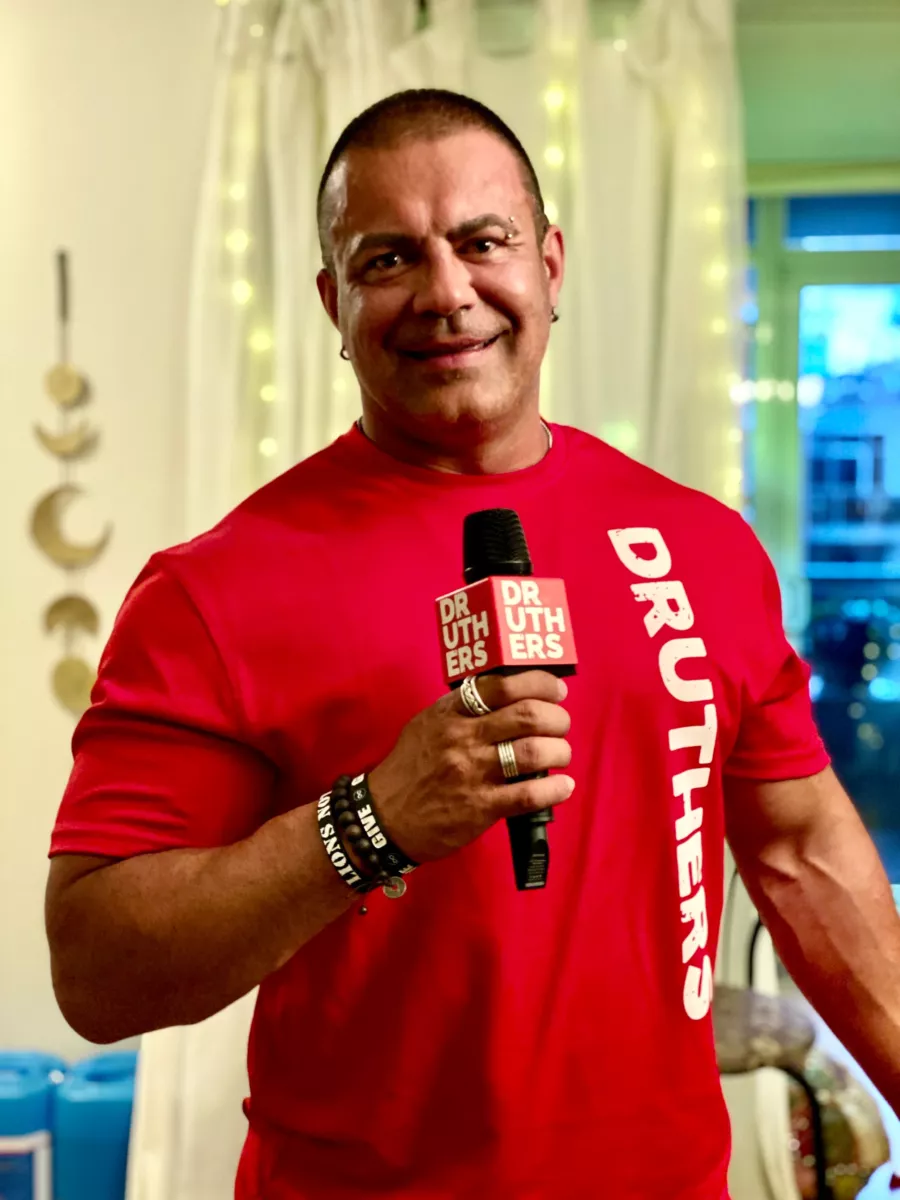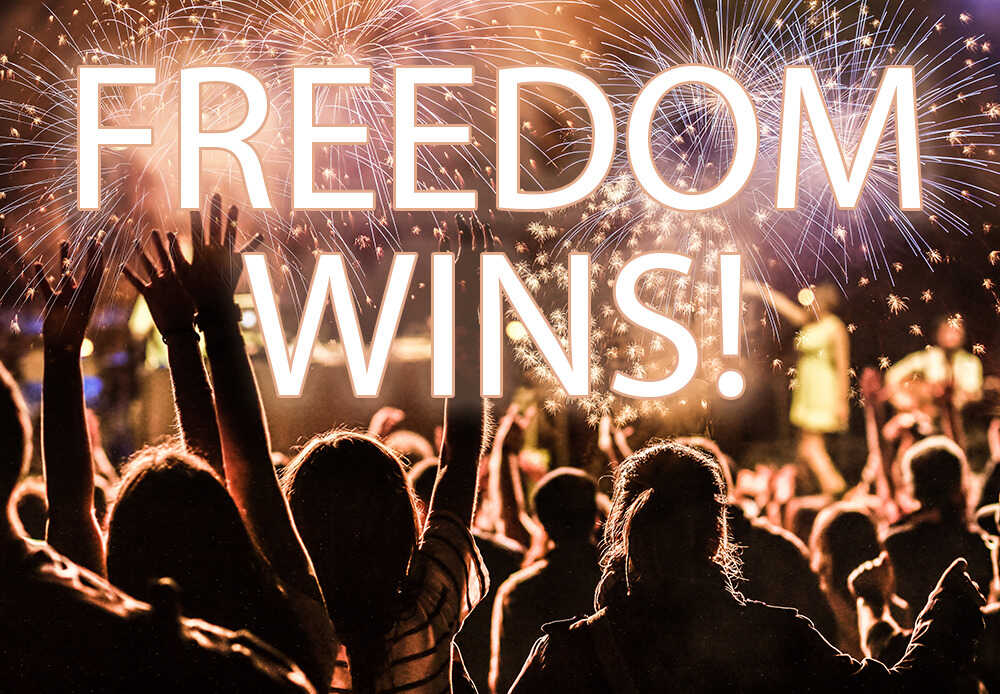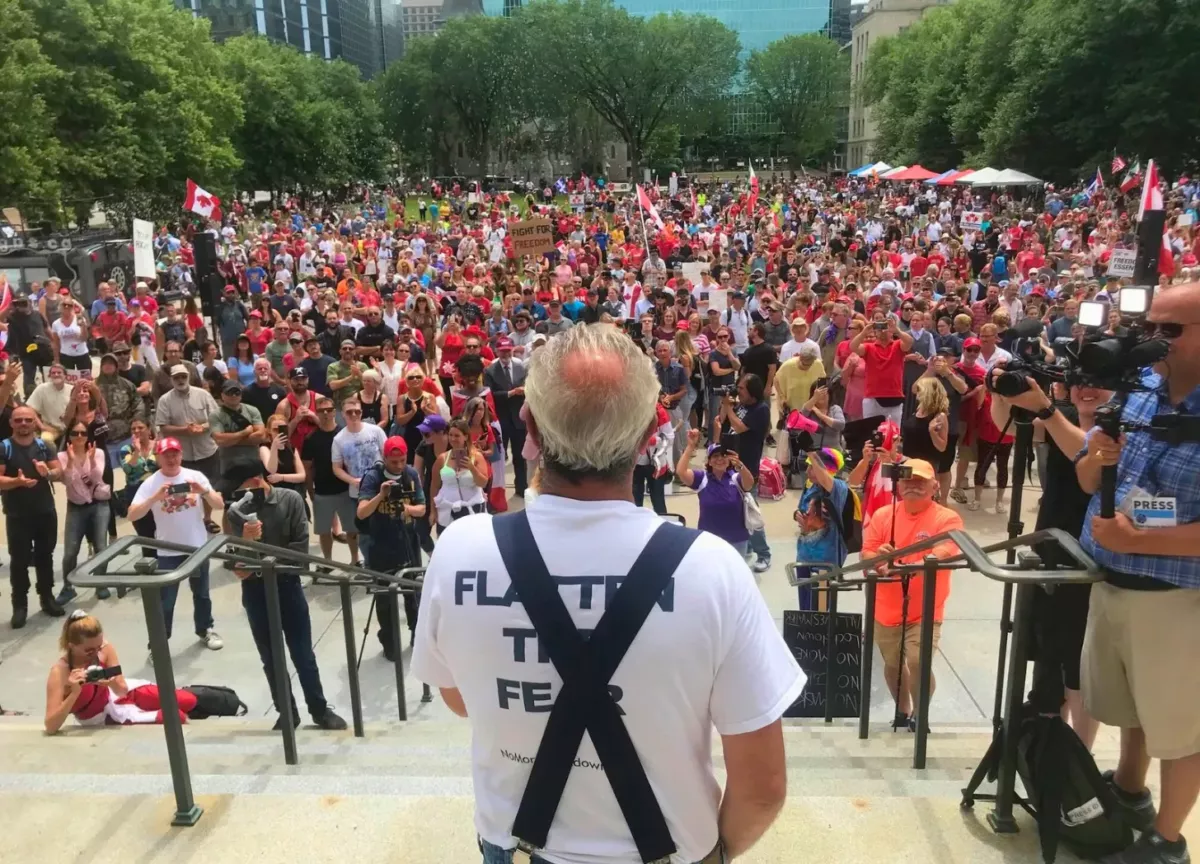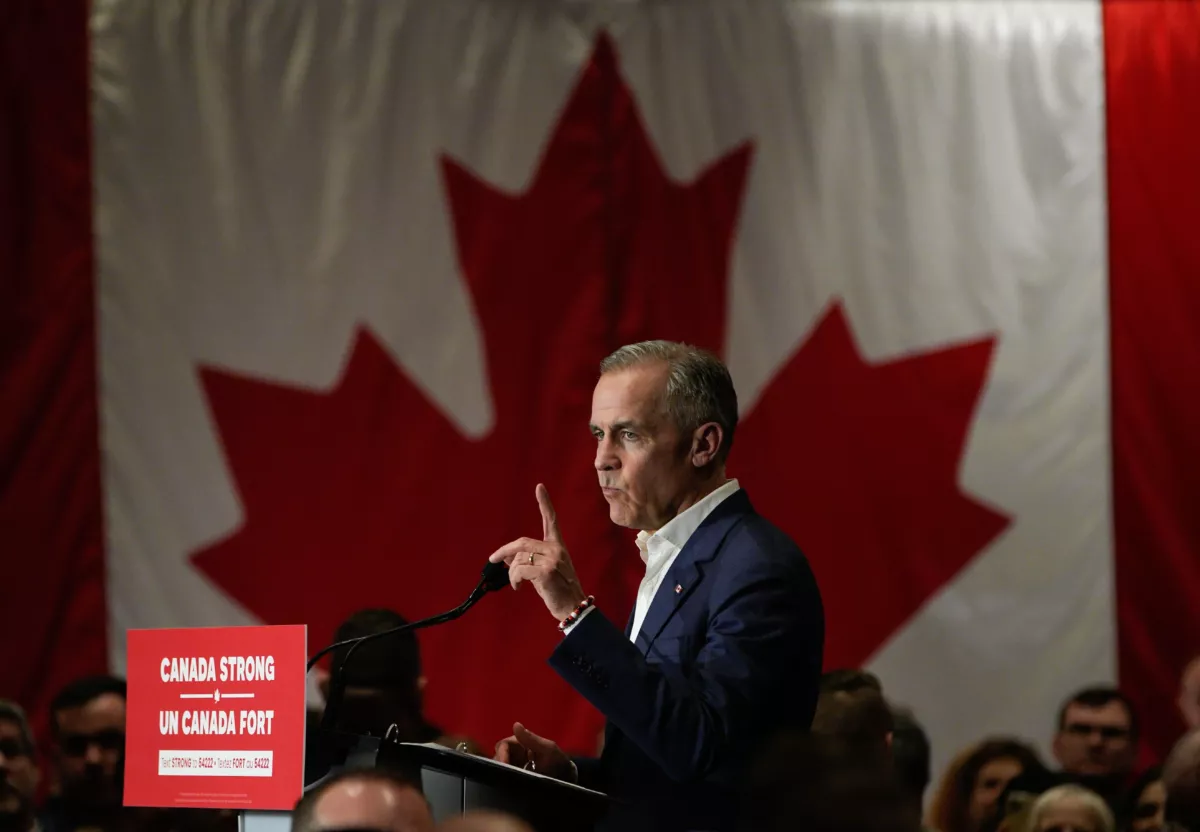Where Does Money Come From?
They don’t teach this in grade school, but they should
By Andy Jackson
Have you ever wondered where money comes from? I mean it must come from somewhere. There is much more of it in existence now than when I was young (60s-70s). Back then, to be a millionaire was really something. The country’s entire gross economic output was measured in 10’s of millions then hundreds of millions. The term billions was not heard of until subsequent decades and now “trillions” is getting to be inadequate to count government budgets and debt. So where does it come from? When I was a 12 year old boy, I asked my father, “Dad, where does money come from?”
“The government prints it” was his well-intentioned answer. I then asked the logical question, “Who do they give it to?” Even at 12 years old, or maybe because I had not yet had my natural curiosity worn out of me by the “education” system, I could see that if the government could print money, why do they need more from us? It wasn’t until decades later, through some chance encounters that I came to understand the basics of how money is created and perhaps more importantly, who creates it. You see, people didn’t always use paper money where a green piece of paper was worth more than a purple piece of paper which was worth more than a blue piece of paper. (OK, it’s some type of plastic now but it’s the same principle.)
Don’t lose touch with uncensored news! Join our mailing list today.
Many things were used as “money” over the centuries. The most common and longest track record goes to gold and silver. The reason these precious metals are used is because they can carry a lot of value in a small, easy to carry package, namely coins. Gold, silver and other precious metals are just extensions of the barter system where one item of real worth is traded for another. Suppose that I was an egg farmer and wanted to buy a horse. In today’s market, the horse would be worth about 4,000 organic eggs. The owner of the horse would not likely want 4,000 eggs. That’s a lot of eggs and eggs are perishable, but if I could trade my eggs in exchange for gold coins, from a grocer say, I could then likely trade the gold for the horse. Thus gold is just another means of exchange. One that is more widely accepted and is easy to carry and spend.
That all changed in the mid-1700s with a man named Mayer Amschel Bauer. Amschel owned and operated a coin trading business in what is now Frankfurt Germany that also acted as a safety deposit vault for people who had more gold than they felt comfortable storing at home. Mr. Bauer owned a very well built and secure vault and backed up its security with a private army. His business location was marked with a hanging sign in the shape of a red shield. Because of this, it became commonly known as Rot Schild’s amongst the German speaking population, (Red Shield in English) and Amschel eventually changed his name to Rothschild. People would come into “Rothschild’s” with the gold that they wanted to deposit for safekeeping and Amschel would issue them a fancy receipt which was difficult for forgers of the time to duplicate. Amschel then noticed a couple of things about people’s behavior. One, instead of making the trip from their home to withdraw some gold in order to buy their neighbor’s horse, they instead would sign over the receipt for gold that Rothschild had issued them thus avoiding the extra trip and risk of getting robbed along the way. This was the birth of paper money!
Rothschild also noticed that very few people would come by at any given time and withdraw all of their gold deposits. This gave him an idea. He started lending out gold, in the form of receipts, at interest of course. The trouble was, he lent out more receipts than he had gold on deposit to back up. He could do this because he knew that the likelihood of large numbers of people wanting to withdraw all of their physical gold on any given day or week was very, very low. On the occasion that a particular client wanted to cash in their receipts for actual gold, Rothschild always had enough in reserve cover such a request and confidence in his bank was just increased. This was the birth of what today is known as “fractional reserve banking” and is the basis of virtually all banks today, including, most importantly, central banks.
Fractional reserve banking is, as the name implies, a system whereby a bank can lend out more money than it actually has on deposit. It only needs to have a fraction in reserve of the total out on loan. This fractional amount is set by the government and is typically around 10% but the actual current numbers are very difficult to find in an internet search. This is very disconcerting to whomever realizes this but what’s even more outrageous is the fact that virtually all central banks are privately owned institutions, masquerading as branches of government. Canada is actually an extremely rare exception to that rule which I will get to later. First, let’s look at a more typical arrangement.
The Federal Reserve Bank of the United States of America, ‘sounds impressive and it is but not for the reasons you may think. First off, the Federal Reserve is no more federal than Federal Express and it has no reserves! “The Fed”, as it is called, is actually a privately owned bank. Since it is not traded on the stock exchange, its owners are not officially or publicly known but for those who research and study it, the names Rothschild, Warburg, Schiff, Rockefeller, Morgan and a few others are strongly implicated.
For the sake of brevity, here’s how it works in a nutshell. (For a great documentation of the creation of the Federal Reserve Bank in 1913, read G. Edward Griffin’s book The Creature from Jekyll Island.) Suppose the U.S. government wants to borrow a billion dollars from the Fed. It goes to the Fed with the request and the Fed answers OK, we will purchase 1 billion worth of interest bearing Treasury Bills (T-Bills) from you. The U.S. Treasury then prints up a bunch of fancy looking certificates called T-Bills that bear to the holder the principal plus a rate of interest. The Fed then prints up a bunch of fancy looking notes known as legal tender, from thin air I might add, and hands them to the U.S. government in exchange for the T-Bills. I’m not kidding! The bigger problem with these exchanges of paper is, wait for it… the government must buy back the T-Bills from the Fed at some point, plus interest! You see the problem? The money to cover the interest has not yet been printed! and the only way to get the money printed is to borrow it into existence! As they say, ‘The truth will set you free but first, it’s gonna’ p!$$ you off!’
The same basic Ponzi scheme happens whenever you go to your local “chartered bank” and ask for a loan. Suppose you walk into your bank and want a mortgage to buy a $500,000 house. You will put up say $100,000 and use the rest of your home for collateral. With your signature, saying that you agree to pay back the $400,000 (plus interest), the bank simply adds $400,000 worth of credits to your account (created out of thin air!). You then begin paying the monthly payments, (with the interest weighted to the front end of course) and hope that you can continue until your debt is paid. Again, the interest that you agreed to pay has not yet been printed so either some other schmuck has got to borrow it into existence for you to acquire or someone has to go bankrupt. If you are the one who goes bankrupt, guess what, the bank seizes your house for which it gave you pieces of paper. That is why it is called “real estate” because it is not phony like the fiat currency they let us play with. So that in a nutshell is how money comes into existence out of thin air and benefits those who have the immoral and illegitimate authority to create it.
Because money is created out of interest-bearing debt, and because the money to pay all of the interest has not been yet printed, every single dollar you and I “own”, is owed to a bank somewhere. Therefore, the banks actually own all of the money in circulation today plus, interest. It is slavery of the worst and most profound kind. As Johann Wolfgang von Goethe said, “None are more hopelessly enslaved than those who falsely believe they are free.”
As mentioned earlier, Canada is the one exception in the G20 and almost all other countries in the world, in that it does not have a privately owned Central Bank. The Bank of Canada was nationalized by Prime Minister William Lyon Mackenzie King in 1938. It was given a mandate to provide interest free money to the Government of Canada for use in infrastructure and other projects. This mandate was well used up until 1974 when Prime Minister Pierre Elliot Trudeau, under advisement from the Bank of International Settlements, or B.I.S. and other unelected, unaccountable, privately controlled, international banks, changed the policy and began the policy in Canada of borrowing money from the private banks, at interest. During the years between 1937 and 1974, Canada was a virtual economic miracle! A huge landmass with a tiny population was able to build such infrastructure as the St. Lawrence Seaway shipping system, the Trans-Canada Highway, a free public healthcare system and many other projects that brought Canada into the modern age alongside much more wealthy nations. All of this and more was accomplished with barely any national debt! From the very moment Trudeau (senior) started borrowing from private banks, at interest, Canada’s debt began to rise at an ever increasing rate. The sad thing is, The Bank of Canada still, to this day, is owned by the Canadian government (We the people) and still has a mandate and the power to print money at little to no interest for use by the government, both federal and provincial. Pressure and influence by the global banking cartels including the BIS, the IMF and most prominent these days, the WEF headed by Klauss Schwabb (the man who openly says of his Great Reset, “You will own nothing and be happy”.) has made sure that Canada remains in bone crushing debt. Debt equals control. As Napoleon Bonaparte said, “the hand of the lender is always above that of the borrower”.
In early August 2013, The Committee On Monetary and Economic Reform (aka C.O.M.E.R. or simply COMER) filed a lawsuit against the Government of Canada and the Bank of Canada for failing to use its legal mandate to print and make available virtually interest free money to the various levels of government, for the use in such things as infrastructure and healthcare. COMER was represented by the renowned constitutional lawyer, Rocco Galati. This constitutional challenge of monumental importance was given next to no mainstream media attention. I guess that unnecessarily putting taxpayers on the hook for 100’s of billions of dollars is not particularly newsworthy. After making COMER jump through a bunch of hoops (and spending tens of thousands of donated dollars) in order to gain standing, which they did, the Supreme Court of Canada, in the end, dismissed the case. Under Canadian law, they were not obliged to give a reason for not hearing the case and, of course, none was given.
For in-depth information about COMER and its lawsuit against the Bank of Canada and the Government of Canada, please visit their website at: http://www.comer.org/index.htm
For further research, here are a few sources to get you started.
Books: The Creature from Jekyll Island (a history of the formation of the Federal Reserve) by G. Edward Griffin, Web of Deceit by Ellen Brown
Websites: http://www.webofdebt.com/, https://www.globalresearch.ca/who-owns-the-federalreserve/10489 http://www.xat.org/xat/moneyhistory.html



